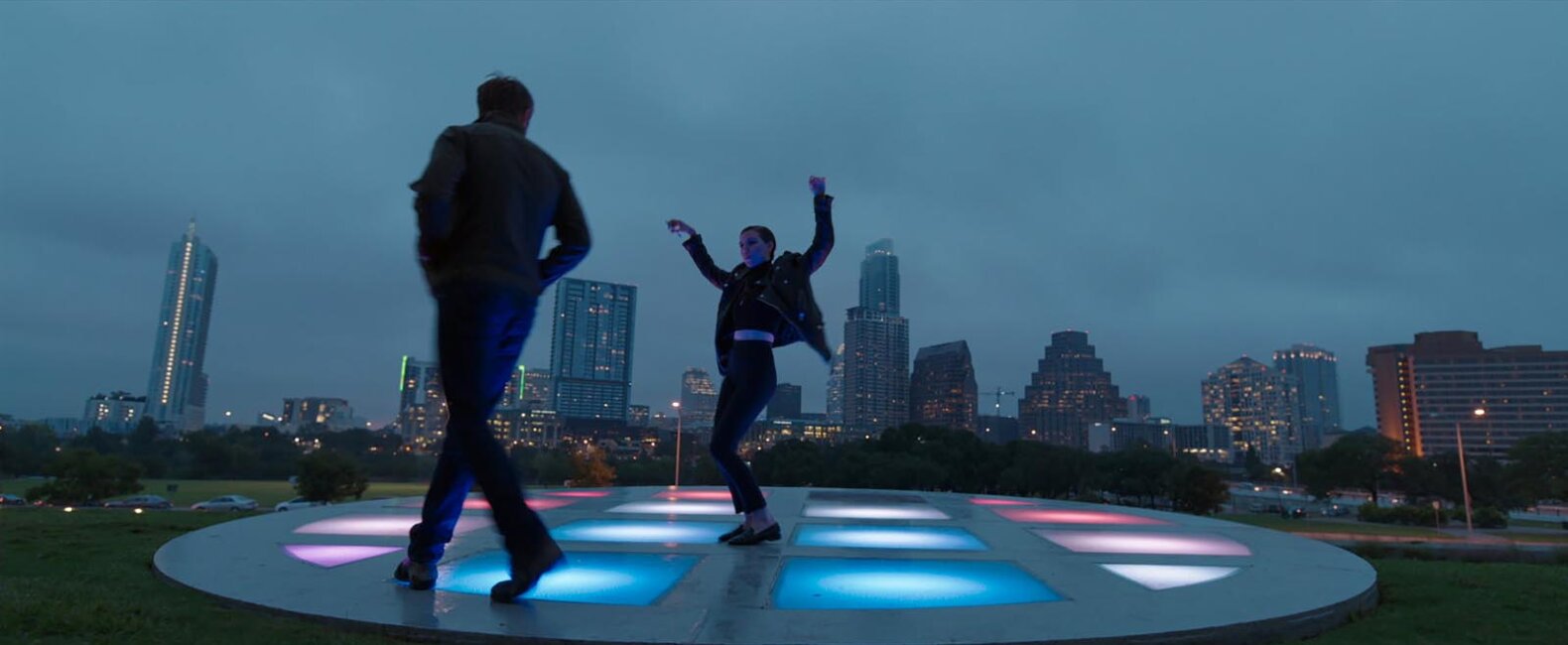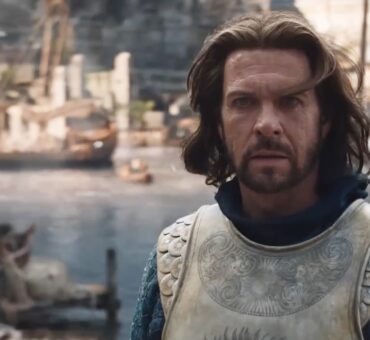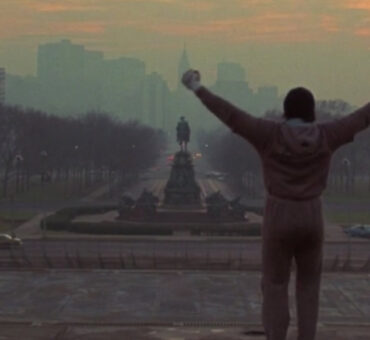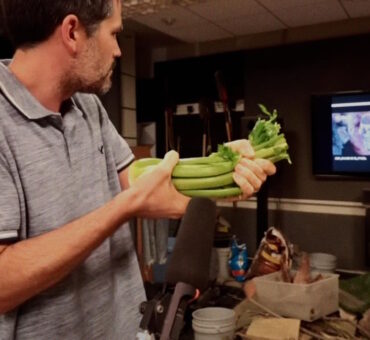Terrence Malick is as much known for his unconventional process as his unconventional style. Whether handing out reading lists instead of scripts, improvising scenes, or changing the entire direction of a film on the cutting room floor, Malick’s approach is anything but ordinary.
When it comes to music, Malick could be considered more conventional. His films feature a blend of classical and contemporary music with original scores. But the way he weaves music through his ideas, characters, movement, editing, and subtext, brings a completely new dimension to these films.
According to Tim Greiving of the Los Angeles Times, “Terrence Malick’s films are like dance pieces. His characters don’t stand still — they glide, they twirl, they run. His camera never rests, either. And the center of his films isn’t story, or dialogue, or character. It’s a spiritual theme — a question — examined through motion and music.”
Malick uses predictable music in unpredictable ways, playing the role of choreographer.
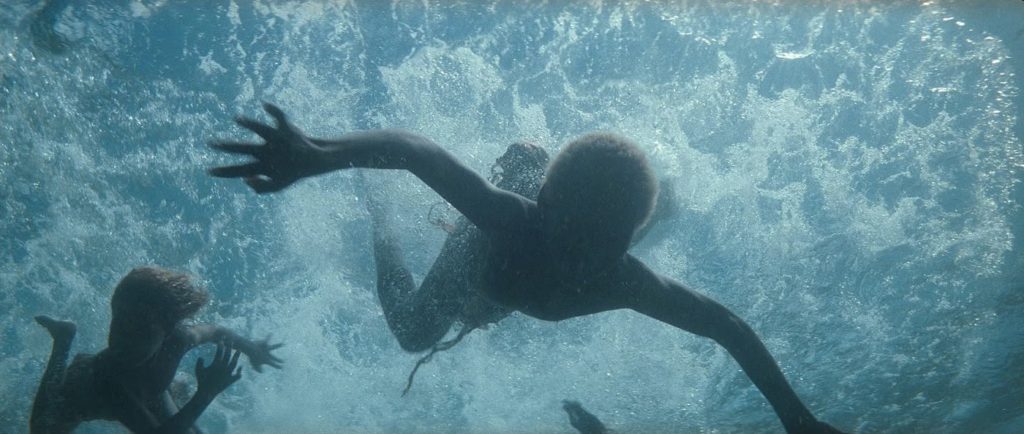
MUSIC THAT COMMUNICATES IDEAS
Malick’s movies have little dialogue and usually don’t tell a clear, linear story. They’re often described as visual poems or cinematic meditations, and Malick relies heavily on music as a subtext to communicate the main ideas of his movies.
In his 2005 film The New World, a take on the classic Pocahontas story, Malick opens the film with the Prelude to Richard Wagner’s opera Das Rheingold. Just as the opera opens with the beginning of the world, a vision of Eden unblemished and innocent, Malick’s film does the same. The film begins with three Native American women swimming, among beautiful shots of a world seemingly untainted by evil or corruption. Malick’s reference to the opera sets the stage for a story of paradise lost.
In Knight of Cups, a modern take on Pilgrim’s Progress, Malick again utilizes music to embody the central ideas of the film. The original score by Hanan Townshend has an Arabanian-like sound and becomes a direct biblical reference to the symbol of a desert. We see this played out in the main character, Christian (played by Christian Bale), who wanders from God and finds himself in a situation of trial and temptation.
For Malick, music isn’t just another way to transition a scene or create mood. As a filmmaker obsessed with the philosophical and theological, he uses it as a way to establish a theme and communicate something deeper. Each track is used to add a richness to the narrative that wouldn’t be there without that perfect sound. And whether an audience puts those pieces together or not, they can feel the difference a perfect track makes.
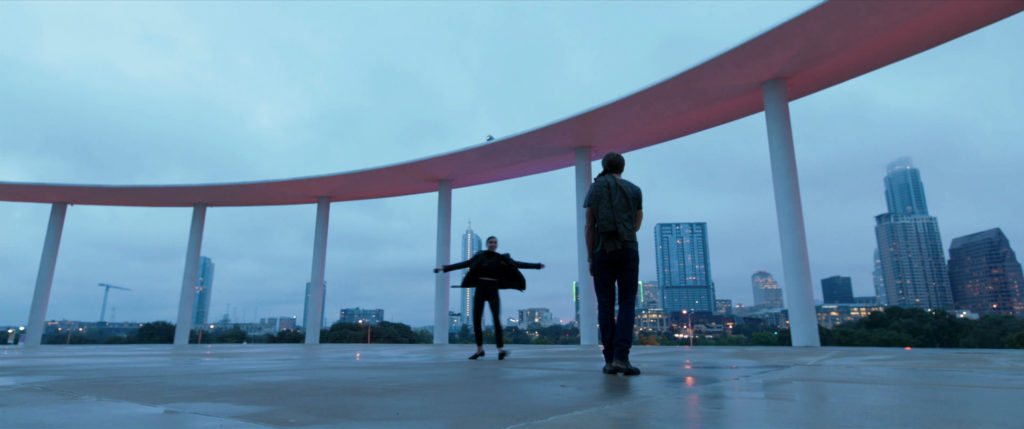
STYLE AND CHARACTERS THAT DANCE
What makes these ideas all the more powerful is the way Malick combines music with movement. Whether it’s a composition or placed song, the music is embodied in the motions of nature and the gestures of actors, as well as Malick’s stylistic choices in the rhythm of the cuts and edits.
In Song to Song, Malick takes on music directly with a story set in the Austin music scene. These actors, specifically Rooney Mara and Natalie Portman, also dance and move around rhythmically. An article in Vogue describes the characters in Song to Song this way: “They interact largely through gesture, not words, less actors in a film, more dancers in a ballet, constantly in motion, always coming together, tussling, or coyly pulling apart.”
It isn’t just Malick’s newer works that explore the relationship between music and movement. Malick’s characters in Days of Heaven don’t dance around the way they do in newer films, but he still captures their movement in sync with the music, specifically the original score by Italian composer Ennio Morricone. Malick combines the melancholy and mystery of Morricone’s score with vast shots of the Texas panhandle. The music becomes one with the movement of wheat blowing in the field or the swarms of locusts eating the crops.
In all his films, Malick creates a seamless relationship between sound and image. He proves music paired with movements of actors, cast, and the camera creates a magical cinematic experience.
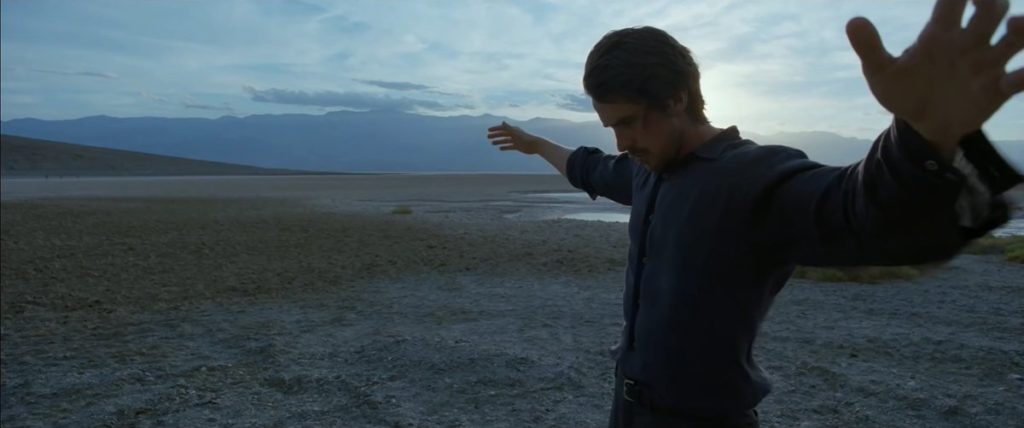
THE POWER OF MUSIC TO CHANGE US
Malick creates movies that are both artistic expressions and opportunities for our vision of the world to be shaped by ideas he brings to the table. It’s the choreography of philosophies and theology, rhythm and movement, music and gestures that become the Malick films we all admire. As film critic Nick Olson describes, Malick “wants these grace notes to profoundly shape us—to impress upon us in the most personal way.”
In an interview with the New York Times, Jessica Chastain explains being part of a Malick movie is like being part of a ballet company. And if Malick’s movies are ballets, then Malick himself is the choreographer, creating a visual experience rooted in music.
Approaching music in filmmaking is as much about the “why” as the “how”. Start with an idea or concept, and use music to embody that point of view. Mimic the sonic movements through scenes, actors, and stylistic choices. You can become the choreographer of your own film.
Read how director Sofia Coppola puts music first, from finding inspiration to creating atmospheres and dialogue within her films.















































































